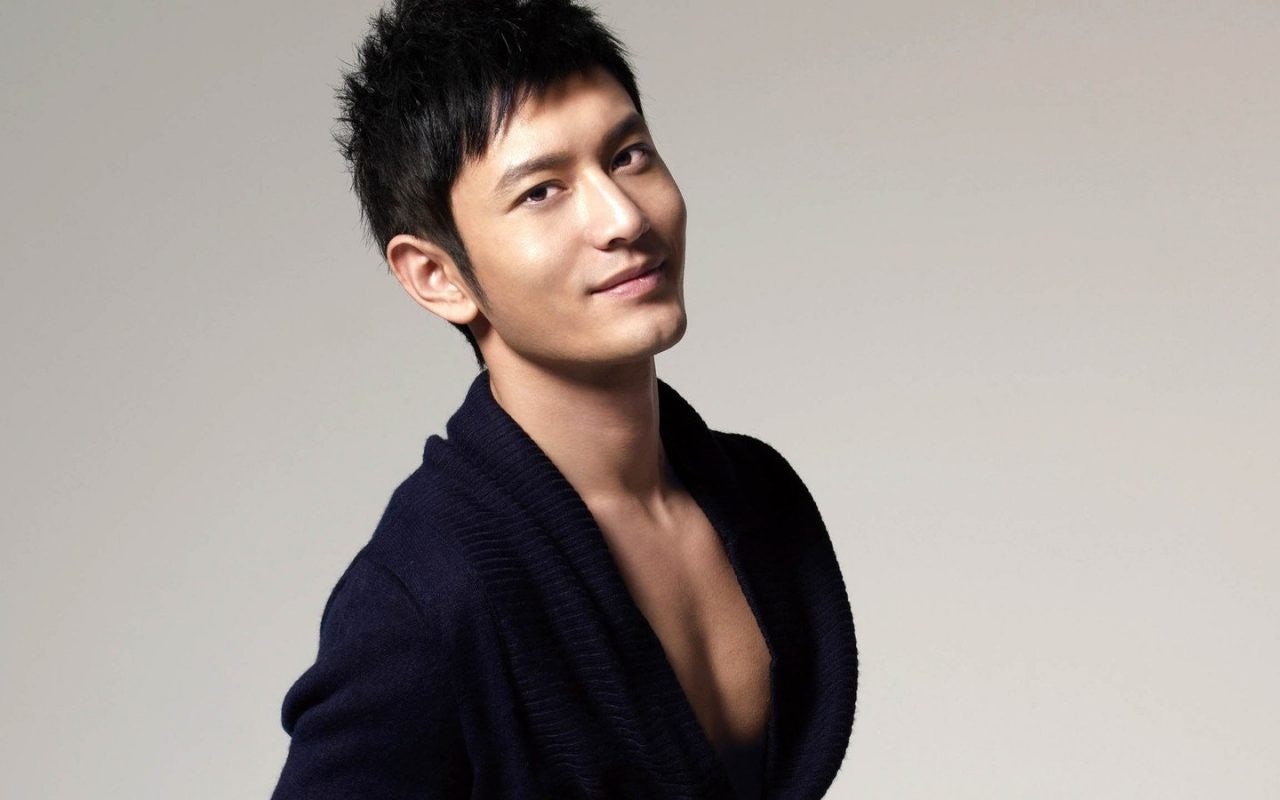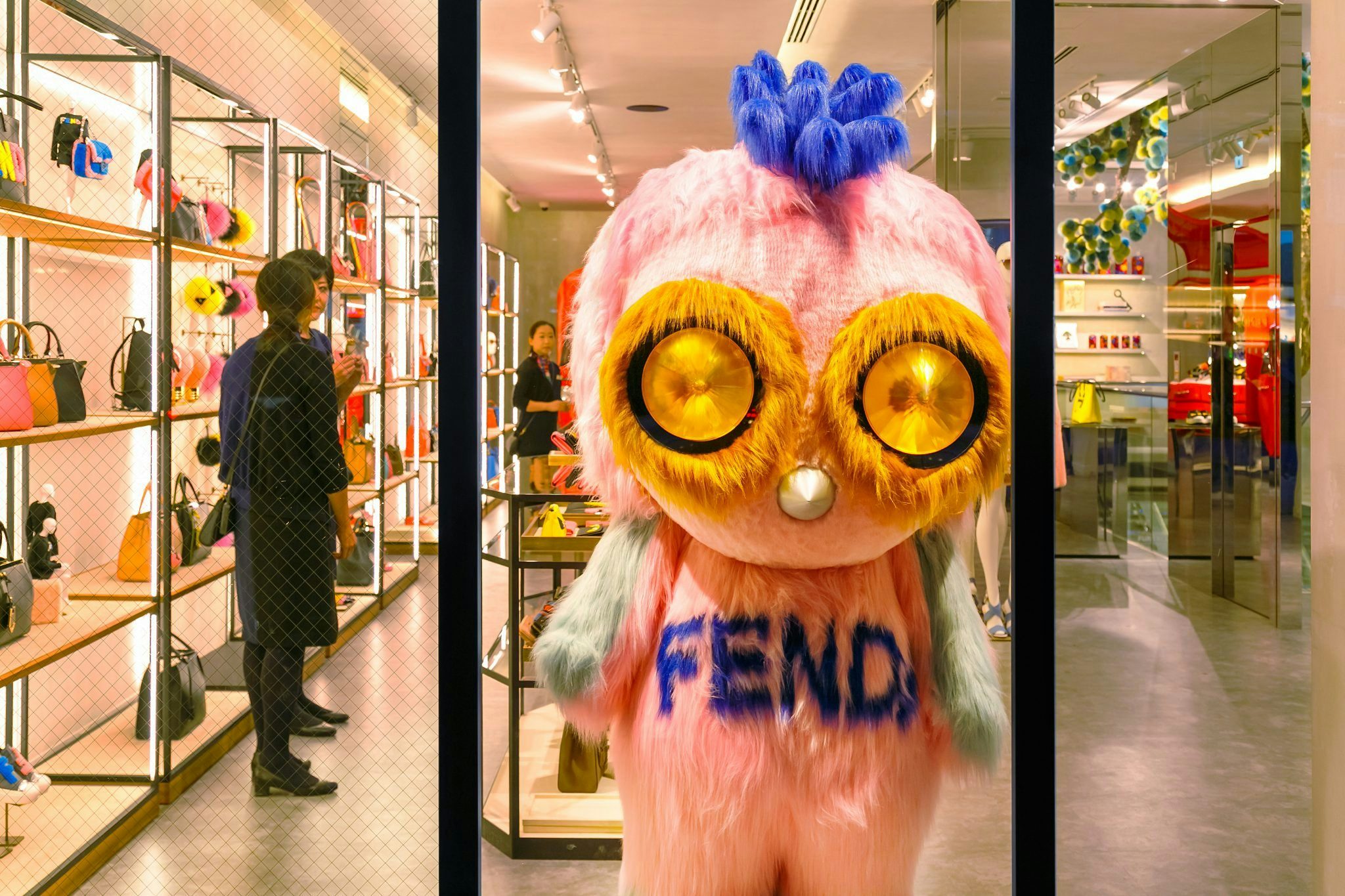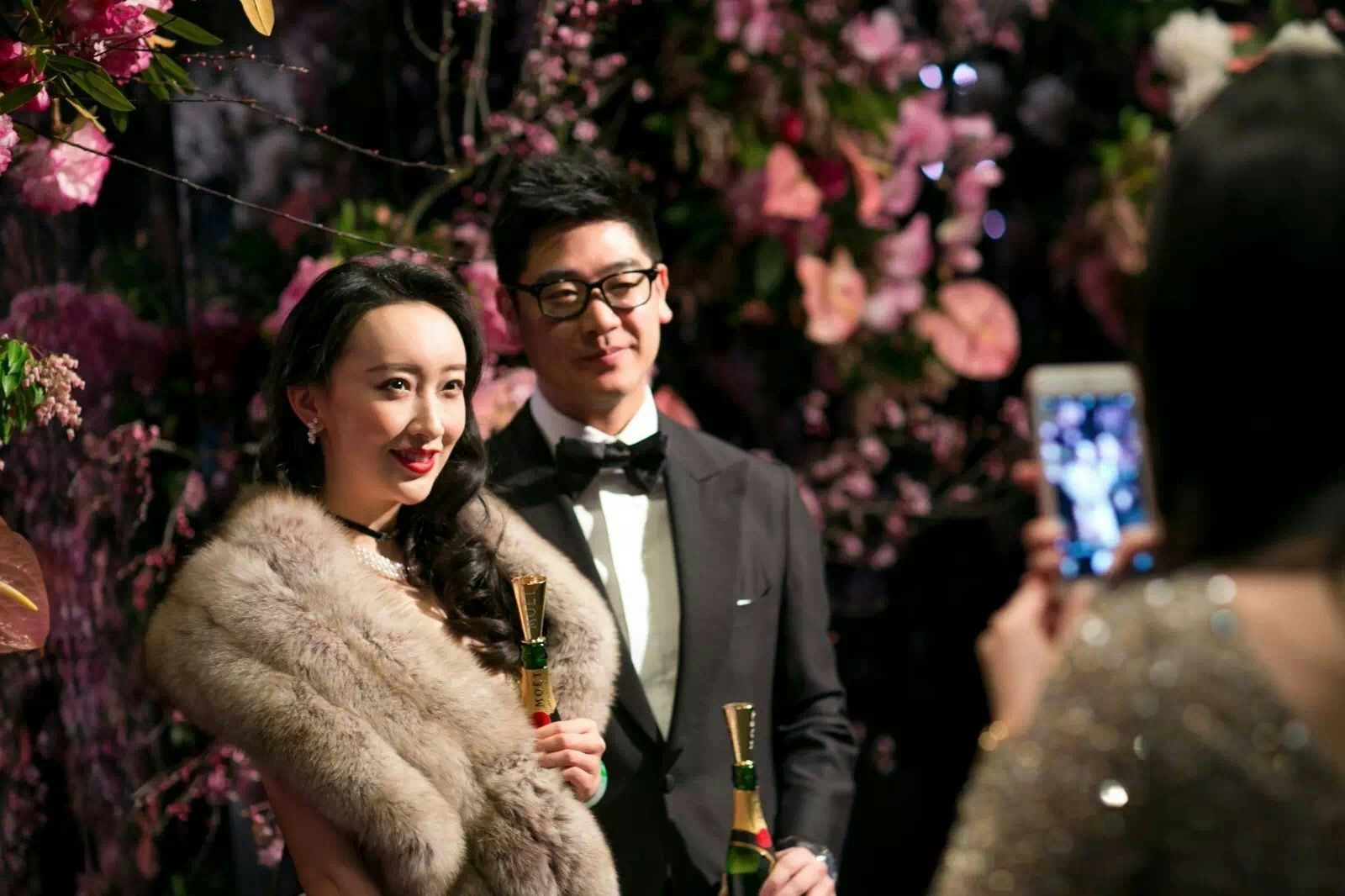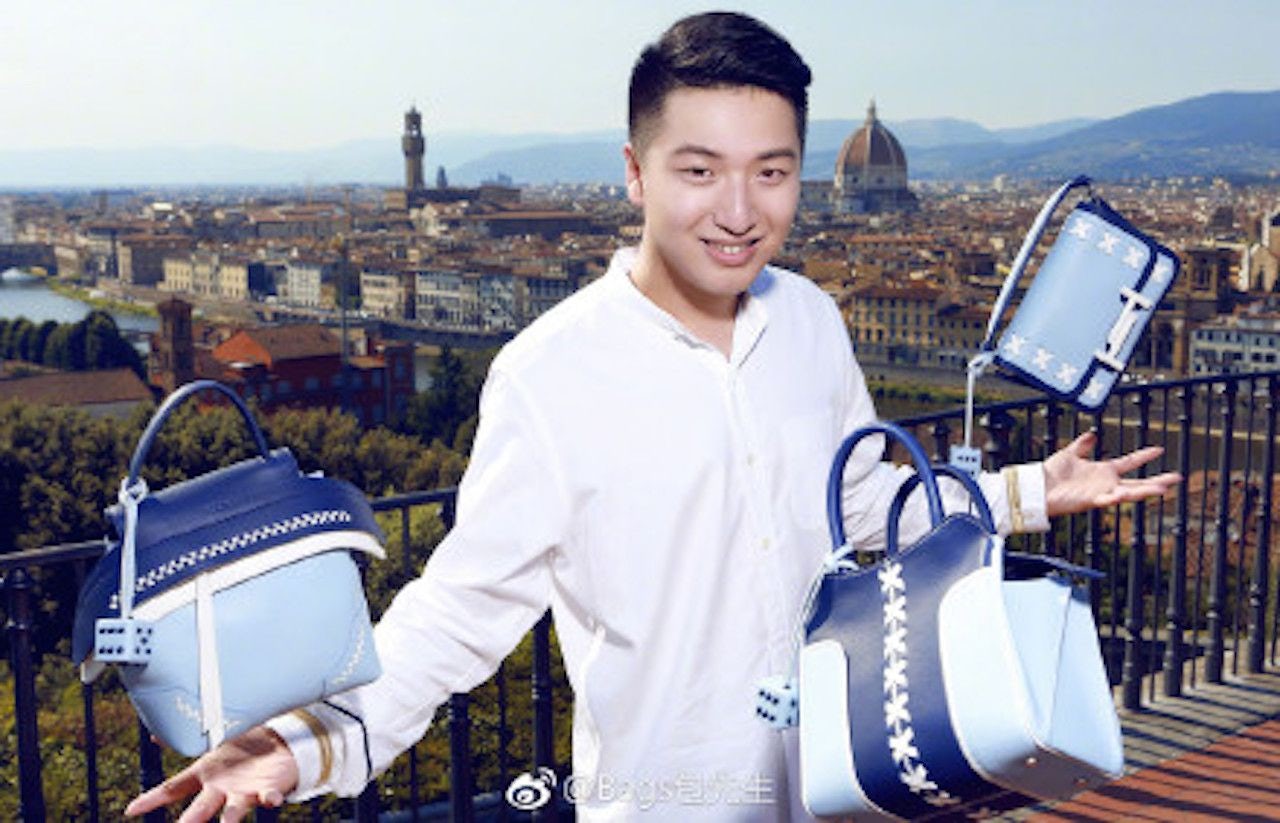Last week, in an effort to capture a larger portion of China’s massive tourism market, the South Australian Tourism Commission (SATC) announced the appointment of Chinese actor Huang Xiaoming as their Global Ambassador. During the announcement, the SATC said they are confident their partnership with Huang Xiaoming will help them reach millions of Chinese consumers. They’re already bracing for an influx of Chinese tourists.
It’s true, partnering with Chinese celebrities and influencers is an excellent way to reach Chinese consumers, and there is no doubt that it will bring increased awareness of South Australia, but was working with Huang Xiaoming the right choice? Will it be worth the cost and will his influence live up to their expectations?
Not Likely. Here’s why.
What’s the ROI?#
The SATC will not say how much Huang Xiaoming is being paid for the year-long contract, however, working with Chinese celebrities, like any celebrities, tends to be expensive. The cost of just one Weibo post from a Chinese celebrity can easily run over 1 million yuan.
Huang Xiaoming toured South Australia on a secret week-long visit in November, a commitment that was no doubt costly, on top of the costs of production.
Of course, cost isn’t an issue if the ROI is high enough, but will it be? Working with celebrities is great for creating awareness among the general population, but it doesn’t always convert into sales.
Many marketers focus too heavily on highly inflated follower numbers. Huang Xiaoming has over 54 million followers on Weibo, but the platform has a low organic reach of only 10 percent, meaning at most his post announcing his ambassadorship only appeared in the feed of 5.4 million users (unless SATC paid the platform a ransom to promote the post).
Huang Xiaoming Has Diluted His Credibility#
In a recent interview, South Australia Tourism Minister Leon Bignell said “'Huang is the biggest ambassador of premium products in China,” and although Mr. Bignell sees that as a good thing, many Chinese people don’t.
Huang Xiaoming has been bashed over recent years for working with too many brands, and his wedding ceremony was the icing on the cake. The event, which reportedly cost nearly 200 million RMB (31 million), was heavily sponsored by a variety of brands, which provided everything from ‘gifts’ for the guests to the bride's wedding ring. This disgusted fans, who were disappointed that Huang Xiaoming would stoop to profiting from his own wedding.
When celebrities and influencers start becoming too commercial, followers start to lose trust in their recommendations. SATC noted that up to 18,000 Chinese travel agents will be using the promotional video that Huang Xiaoming filmed during his visit to encourage customers to choose South Australia and follow the star’s itinerary. Given his reputation, it’s not clear how many travelers will take the bait.
Of course it's important to note Chinese consumers, and especially Chinese millennials, are less cynical about brand partnerships than their foreign counterparts. As part of their “Romance in Excess” campaign promoting Hawaii as a wedding and honeymoon destination, Hawaii Tourism sponsored the destination wedding ceremony of Taiwanese celebrity Ady An Yixuan, seamlessly integrating the celebrity partnership into a larger ongoing campaign. They also invited 200 other celebrities to the wedding. From this event alone they generated a combined over 300 million views on Weibo, with the wedding’s hashtag trending to over 60 million mentions.
Partnering With Huang Xiaoming Isn’t in Line With SATC’s Objectives#
The South Australia Tourism minister also mentioned that they didn't want millions of Chinese tourists, but a smaller number who were willing to spend big.
If this is truly their objective, it would have made more sense to work with 50 influencers who specifically target luxury travelers, as opposed to one celebrity with a wide-reaching audience.
A Better Alternative
Two destinations that are doing an excellent job using social media and influencers to attract Chinese travelers are Destination Canada and Hawaii Tourism China.
Destination Canada launched its Sina Weibo account in 2010 and now has almost one million fans. And while their Weibo and WeChat accounts are very popular, it is their video content that sets Canada apart.
In 2013, Destination Canada was one of first national tourism organizations to leverage the potential of video marketing to attract Chinese travelers. The Travel Around Canada (later called Jia You) series took viewers to different parts of Canada, with long-form videos hosted by travel bloggers, artists and celebrities. As video trends and platforms have changed in China, Destination Canada has maintained a steady presence, and in 2017 their video content is more popular than ever.
Destination Canada has worked with numerous influencers, but their main focus is always on creating entertaining and valuable content that shows consumers what Canada has to offer.
While collaborating with Huang Xiaoming is sure to generate increased awareness of South Australia, it is questionable whether or not this partnership was the most cost-effective choice for attracting Chinese travelers. Although we don’t know what South Australia has planned for 2018, it seems a little premature to be bracing for an influx of Chinese tourists. When it comes to influencer marketing, bigger is not always better.



